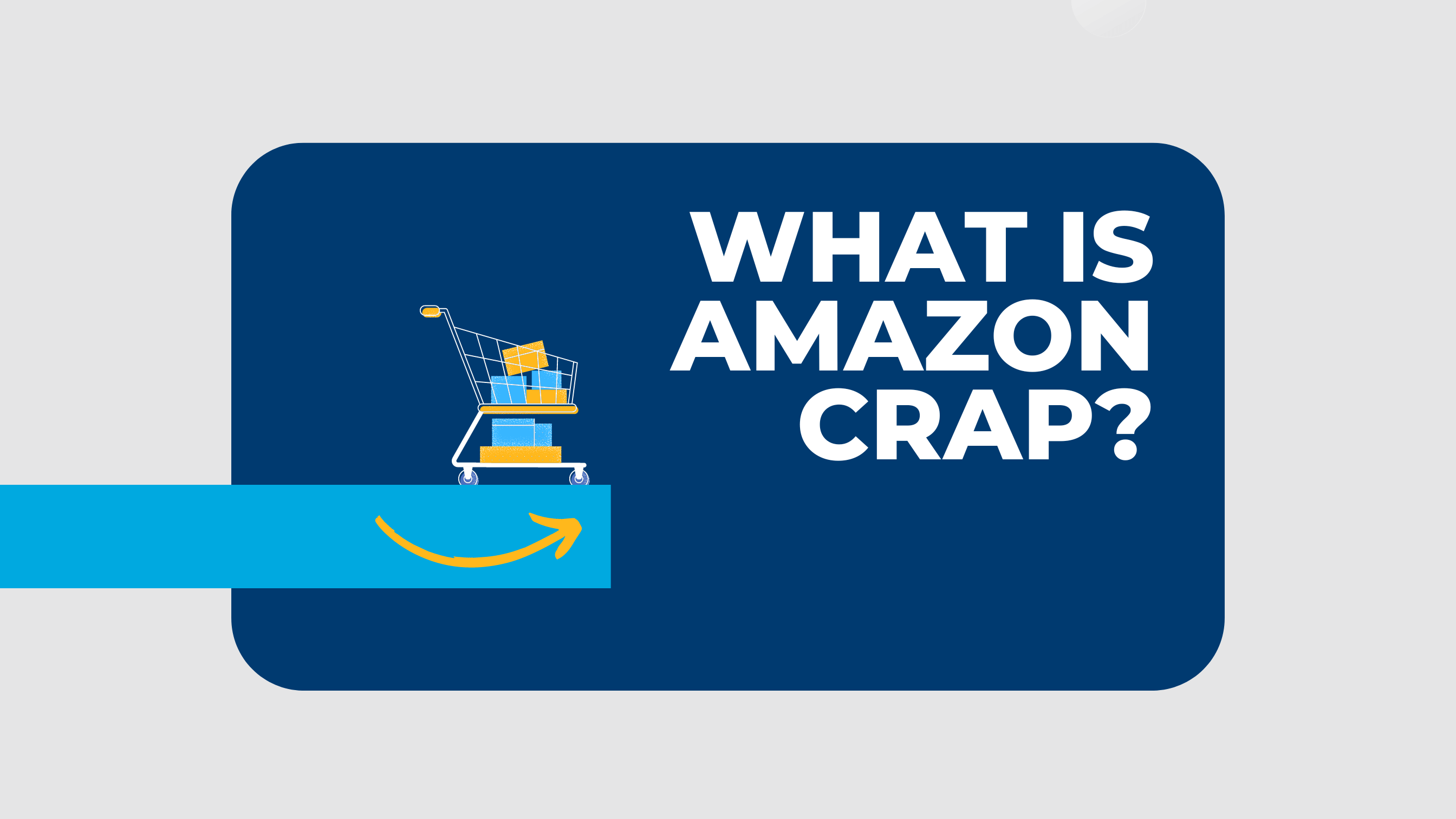

Have you ever noticed that out-of-stock products use to have very good prices? It may seem simple, but this is one of the strategies most commonly used in e-commerce, and is certainly advantageous as we are going to describe here.
They transmit the impression of a competitive price e-shop
A potential customer who check a product out of stock but with a very good price, has the impression that the e-shop has good prices and hence is competitive, so that he will probably come back in the near future for another purchase. For the online shop it´s easy to show low prices, as it hasn´t any economic impact.
It creates subscribers for future product reposition
Many times, the e-shop asks for client´s email to inform them when the product is available, improving customer retention.
They are useful for price benchmarketing
Very much related with preceding point, we can easily measure the number of subscribers or number of visitors of the web page, to know the impact of price without reducing our margins.
It postpones purchases on a competitor´s e-shop
Some clients will wait for the product to be available on our e-shop to benefit from that competitive price, instead of buying the product with a higher price in competitors‘ web pages.
Obviously, it will have a negative impact in the long term, generating false price expectations on clients therefore , although being a successful strategy, we must use it with care
Find out how Minderest can take your business to the next level.
Contact our pricing experts to see the platform in action.
Related Articles

What is Amazon CRaP?
If your Amazon Vendor Manager or Category Manager has ever told you that one of your products has been “CRaP’ed,” read on. CRaP is the acronym for "Can’t Realize any Profit"; a term that refers to...
What is an Optichannel Sales Strategy, and what are its benefits?
Adapting sales strategies to customer needs and preferences is crucial in the digital age. An optichannel sales strategy aims to improve customer satisfaction, increase retention and loyalty rates,...